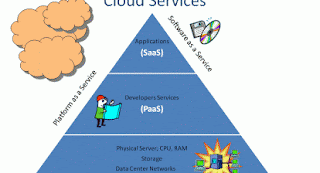cat com3
For the client computers to connect to your WLAN, each of them will need to have an instant adapter or wireless NIC. These adapters are small transceivers (radio transmitter/receivers) that enable your PC to send and receive radio signals. There are three main forms of Wi-Fi adapters designed for your WLAN: USB wireless adapters, wireless NICs, and PCMCIA cards.
A USB wireless adapter connects to your computer through its USB port. It's simple to put in and enables you to adjust the location of the caterpillar interface adapter to boost signal reception. You use a wireless NIC in a PCI slot within the computer, the same as an Ethernet card; an instant NIC installed within a computer saves desktop space. For a laptop computer, your best option is really a PCMCIA card adapter that fits in the laptop's PC card slot
Caution: Always turn fully off me Capacity to your computer when installing internal network adapters. You always won't have to turn fully off the computer to insert PCMCIA cards or USB devices, but you could have to reboot to complete the installation.
Any time you open the case of a pc you will need to take special care. Always turn fully off the ability and unplug the cord. Don't force adapters into PCI slots, and be mindful of dropping things such as screws in to the case. Additionally you should wear an anti-static wrist strap in order to avoid damaging components with static electricity.
Wireless adapters have two modes of operation, infrastructure and ad hoc. Installing of adapters is generally very simple. Once you install or connect the adapter to the client PC, Windows (assuming you're using Windows) usually recognizes the new hardware and prompts one to insert a disk with the appropriate drivers.
Even though you aren't using Windows, the configuration utility that comes with your adapter will lead you through the setup process and often automatically detects your access point and the channel it is using. Manufacturers call the capacity to automatically detect and select the channel frequency-agility.
Normally the program prompts you to select an SSID from a list of detected SSIDs. Assuming your AP is the only person in range, this will be a short list. You will then enter every other required information, such as for instance encryption keys.
Note: Windows XP includes a feature called Wireless Auto Configuration. This is a useful feature if your wireless adapter supports it Wireless Auto Configuration automatically configures your card to connect to a detected preferred network.
This means that you'll have several saved configurations (home, work, coffee shop, and so on) and Windows XP automatically configures your card to connect when it detects those networks. It may also prevent your computer from accidentally connecting with another network (like your neighbor's).
The software also may prompt you to select a data speed. This is the minimum speed required to connect to your WLAN. Usually your card performs this selection automatically, based on the signal strength that it detects. If your signal strength fluctuates you are able to set this speed manually to a sign level that the adapter can reliably detect. There are also good security reasons for setting a top minimum connection speed.
Adapter setup should be considered a relatively painless process. In the event that you do run into problems, review your documentation and visit the manufacturer's Internet site for updates and helpful troubleshooting tips.




Comments
Post a Comment